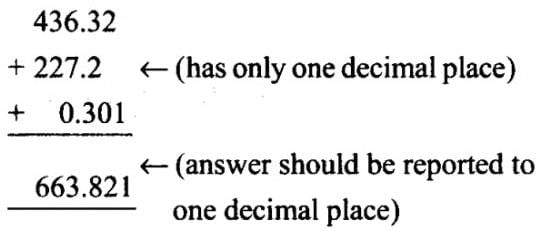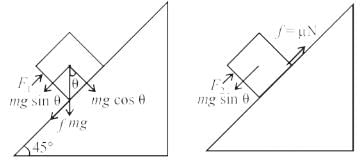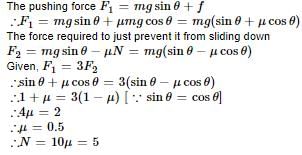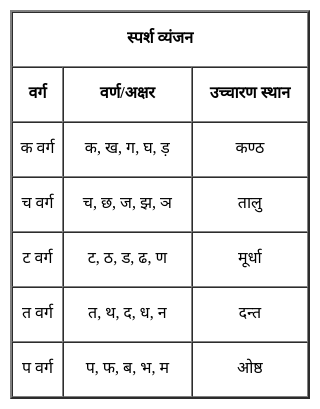EMRS PGT Physics Mock Test - 6 - EMRS MCQ
30 Questions MCQ Test - EMRS PGT Physics Mock Test - 6
In India, the maximum amount of rainfall is received from
A profit of Rs. 84 is divided between A and B in the ratio of  . What will be the difference in their profits?
. What will be the difference in their profits?
Arrange the following words in the logical and meaningful order.
1. Designing
2. Manufacturing
3. Production
4. Planning
5. Implementation
A statement is given followed by two conclusions. Find which conclusion(s) is /are true based on the given statement.
Statements:
K > M < L = Z = O < P
Conclusions:
I. P < Z
II. M = Z
Select the number which can be placed at the sign of the question mark (?) from the given alternatives.

Direction: Read the following information carefully and answer the questions that follow.
A blacksmith has five iron articles A, B, C, D and E each having a different weight.
I. A weight is twice as much as of B.
II. B weight is four and half times as much as of C.
III. C weight is half times as much as of D.
IV. D weight is half as much as of E.
V. E weight is less than A but more than C.
Q. E is lighter in weight than which of the other two articles?
Which command moves the turtle to another position or the screen without drawing a line?
In which of the following teaching methods can a learner participate proactively?
'If you are given 100 rupees, what will you do?' The objective of asking this type of question is
To assess the knowledge of the full syllabus in short time, the teacher should use
A 7 kg disc is free to rotate about a horizontal axis passing through its centre O (see figure). The radius of the disc is 10 cm and spring constant of both the spring is 600 Nm-1 There is no slipping between the disc and the string. The time period of small oscillations of the disc is
In case of measurement of ‘g’, if error in measurement of length of pendulum is 2%, the percentage error in time period is1 %. The maximum error in measurement of g is
Identify the expression for Curie’s constant from the following.
Two pendulums have time periods T and 5T/4. They are in phase at their mean positions at some instant of time. What will be their phase difference when the bigger pendulum completes one oscillation?
At any instant if the velocity of point A is 10 m/s then calculate the velocity of point B?
The sum of the numbers 436.32, 227.2 and 0.301 in appropriate significant figures is
A field of 5 x 104/p ampere-turns/metre acts at right angles to a coil of 50 turns of area 10-2 m2. The coil is removed from the field in 0.1 second. Then the induced emf in the coil is
Three sound waves of equal amplitudes have frequencies v − 1 , v , v + 1. They superpose to give beats. The number of beats produced per second will be-
A block is moving on an inclined plane making an angle 45º with horizontal and the coefficient of friciton is μ. the force required to just push it up the inclined plane is 3 times the force requried to just prevent it from sliding down. If we define N = 10μ, then N is
[jee 2011]
In the case of metals the valence and conduction bands have
Two point charges in air at a distance of 20 cm. from each other interact with a certain force. At what distance from each other should these charges be placed in oil of relative permittivity 5 to obtain the same force of interaction
The moment of inertia of a particle of mass m kept at point (a, b) on the x-y plane about the x-axis is
Action research is different from basic research because
In the following question, out of the four alternatives, select the alternative which is the best substitute for the phrase.
Q. A story that can be interpreted to reveal a hidden meaning.









 ...........................(1)
...........................(1)























